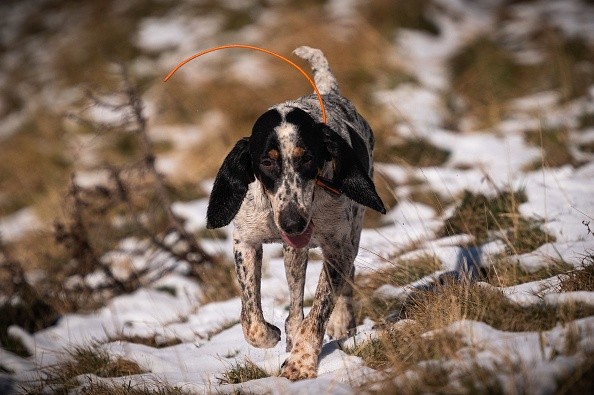The practice of using dogs to kill and hunt wild animals, according to the environment minister, seems to have no place in modern Scotland.
No wild animal hunting with dogs in modern Scotland

Since 2002, it has been illegal to hunt a wild mammal with a dog, but exclusions have been granted in certain circumstances, as per Yahoo Sport.
The new Hunting with Dogs Bill, which MSPs will vote on Tuesday, imposes restrictions that aim to decrease the probability of wild animals of been caught by dogs.
The Scottish Government's bill will impose a two-dog limit on all hunting dogs. It will also outlaw trail hunting and implement a licensing scheme that will permit the use of more over two dogs in limited situations.
They government also intended to provide additional safeguards for wild mammals whereas letting land managers access legitimate and humane animal control measures.
Animal welfare spokesperson Colin Smyth stated that the party might well propose amendments, adding that it has been two decades since MSPs voted to prohibit this barbaric practice, and yet hunts continue to run roughshod over the spirit and letter of the law.
If the Bill is passed, it will be a watershed moment for animal welfare, according to the League Against Cruel Sports.
A dog is built for hunting for it relieves stress
Hunting instinct is a culturally ingrained instinct that differs from breed to breed and dog to dog, as per Tobalie.
Initially, humans bred dogs primarily as helpers, particularly for protection and hunting companionship. Over generations, this stimulated the hunting instinct.
The dog follows a trail and orients himself using his sense organs. He fixes and observes if he sees the prey.
Others stalk a little pretty close towards the prey before chasing it. Once caught, the prey is killed by shaking.
The prey is eaten after effort of hunting because chewing can reduce stress hormones again. As a result, ball games and throwing sticks are ineffective, especially with hunting-motivated dogs.
This seems to be due to the fact that only the rush and kill sequence is imitated, leaving out the ambush and disassembly. As a result, stress accumulates in the body and can no longer be relieved.
Training a dog prevents possibility of unexpected behavior to wildlife
Dogs and wild animals frequently collide, resulting in dangerous or even life-threatening injuries. We must take precautions to protect our dogs and wildlife from possibly deadly face-to-face encounters because we must share our world with any of these wild creatures, as per Animal Wellness.
Begin by diverting their attention. Practice catching your dog's attention by looking him in the eyes. If you're able to get your dog to look straight into one's eyes as you redirect his attention to the toy or treat, you're well enough on your way to the following step, which is to train your dog to wait.
The wait command is similar to the stay command, however there is a subtle difference. Your dog is not required to hold any specific position. All you want is for him to pause, pay attention to you, and wait for your command.
Reduce your dog's exposure to wildlife. No matter how well-trained your dog is, limiting his interaction with wildlife is a critical component of ensuring his safety.
© 2026 NatureWorldNews.com All rights reserved. Do not reproduce without permission.





